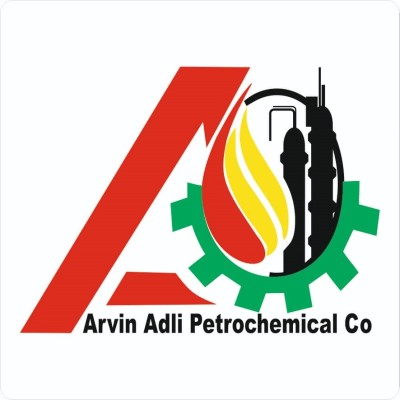There are no comments for this product
Gasoline production line of plastic and rubber
The production of gasoline from plastic
The production of diesel from tires
The production of diesel from the sack
The production of diesel from municipal waste
The production of diesel from hospital waste
Gasoline production from oil sludge
Producing diesel from burnt oil
Design and construction of the Thin Film Tower
Design and construction of rotary bed reactors
One year warranty and ten years after -sales service
Arvin Adeli Fidar Company
(At the bottom of the ad)
(At the bottom of the ad)
(At the bottom of the ad)
Pirvolis process:
Pyrillosis involves heating raw material up to 400-600 ° C without oxygen to evaporate and decompose raw materials and produce oil, gas and coal. The pyrolysis oil may be used directly as fuel, upgraded to higher quality fuel or used for chemical production. Gas is usually composed of C1-C4 hydrocarbons and high-heating hydrogen hydrogen so that gases can act as fuel for the pyrolysis process. Solid coal consists of black carbon fillers with coal.
Pirolis Reactors:
The most common pyrolysis reactors include a fixed substrate, a rotary furnace and fluid bed. Fixed bed reactors are usually used for slow pyrolysis in a batch process that, with low heating rates, long durability time, and steam containing catalyst, catalytic,
The rotary furnace is a steel sheet cylinder covered with refractory materials to protect the steel from high temperatures and has a slight slope (7-10 degrees) to promote wastes. For a given waste material, the system may be optimized in terms of rotation speed, degree of filling and particle size. Rotary furnaces also allow different types of sizes and types of materials.
The content of the sulfur for pyrillosis oil was 0.004 percent weight.
Pyroblis Oil Properties:
Is .40 mj/kgrulosis oils usually contain average thermal value of the approximately
More than 100 compounds have been identified in rubber pyrolysis.
And polyromatic sulfur hydrocarbons. (Pashs)
The dominant aromatics include benzene, toluene, xylene, styrene, lemonon and the most abundant alternatics, direct chain alternas.
The gauze produced by the rubber tires is due to various studies of the main components of hydrogen (H2), methane (C2H6), Ethen (C2H4), Propane (C3H8), Propered (C3H6), Bhutan (C4h10), Bottadin (C4h8), Botadin (C4H8) Dioxide (CO2), carbon monoxide (CO) and hydrogen sulfide (H2S). The exact composition of the gas depends on the specific tires used in the manufacture of tire as well as the pyrolysis temperature. The overall efficiency of the gas increases with the increase in pyrolysis, as more oil is converted to steam. Increasing pyrilloles can also increase hydrogen production, if this is the purpose of the process,
Conclusion:
Waste tires that are mainly of oil tires
There are no comments for this product

| Company | arvinadlyco |
|---|---|
| Tel | +98 45-3×××3776 |
| Mobile | +98 912×××0778 |
| Whatsapp link | |
| Telegram | Telegram link |
| Website | https://www.pyrolysisco.com |
| Country | Iran |
| Province | Ardebil |
| Address | شهرک صنعتی 2 |
Jooyeshgar AI Assistant